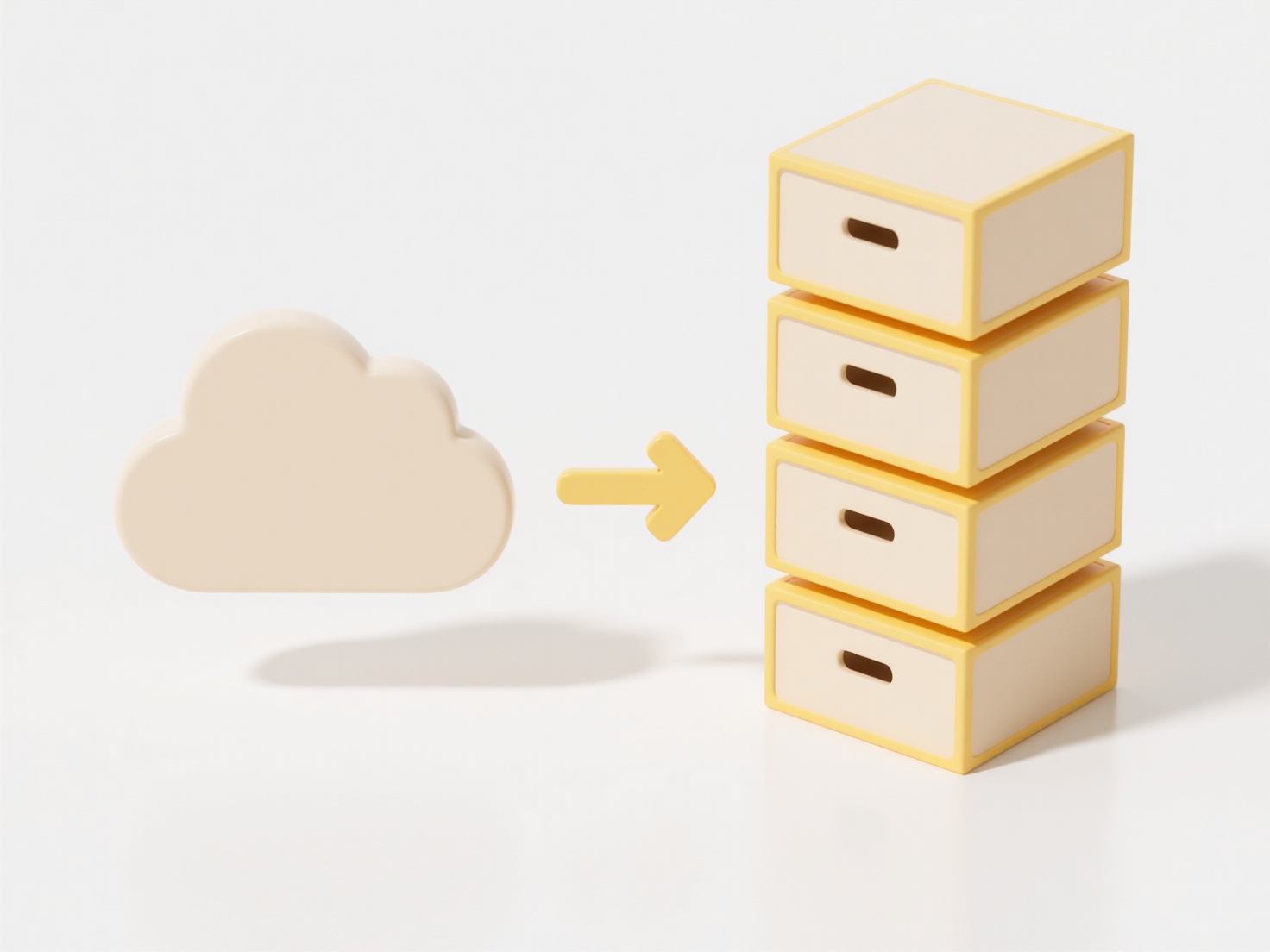
File access management in a Learning Management System (LMS) involves controlling who can view, edit, download, or manage specific files (like documents, videos, or assignments) stored within the system. It differs from simply uploading files by focusing on defining precise permissions. Administrators and instructors typically assign these permissions based on user roles (like student, teacher, or administrator) or specific group enrollment within a course, determining if a file is visible to everyone or restricted to certain individuals or groups.
For example, an instructor might upload a solution file for an assignment and set access so only other instructors in the department can view it, keeping it hidden from students. Alternatively, a department administrator might upload a syllabus template to a shared course resource area, granting 'view and download' permissions to all instructors teaching related courses while restricting editing rights. Platforms like Moodle, Canvas, and Blackboard provide built-in tools within their file repositories or assignment modules to configure these access settings during or after file upload.

Effective file access management enhances security by preventing unauthorized sharing and ensures sensitive information (like grades or student data) remains protected, addressing privacy regulations like FERPA. However, overly complex permission structures can become difficult for instructors to manage efficiently. Future developments focus on integrating LMS permissions more seamlessly with institutional directory systems and cloud storage, improving scalability and user experience while maintaining robust security protocols.
How do I manage file access in a learning management system (LMS)?
File access management in a Learning Management System (LMS) involves controlling who can view, edit, download, or manage specific files (like documents, videos, or assignments) stored within the system. It differs from simply uploading files by focusing on defining precise permissions. Administrators and instructors typically assign these permissions based on user roles (like student, teacher, or administrator) or specific group enrollment within a course, determining if a file is visible to everyone or restricted to certain individuals or groups.
For example, an instructor might upload a solution file for an assignment and set access so only other instructors in the department can view it, keeping it hidden from students. Alternatively, a department administrator might upload a syllabus template to a shared course resource area, granting 'view and download' permissions to all instructors teaching related courses while restricting editing rights. Platforms like Moodle, Canvas, and Blackboard provide built-in tools within their file repositories or assignment modules to configure these access settings during or after file upload.

Effective file access management enhances security by preventing unauthorized sharing and ensures sensitive information (like grades or student data) remains protected, addressing privacy regulations like FERPA. However, overly complex permission structures can become difficult for instructors to manage efficiently. Future developments focus on integrating LMS permissions more seamlessly with institutional directory systems and cloud storage, improving scalability and user experience while maintaining robust security protocols.
Quick Article Links
What software is best for opening .avi or .mov files?
The .avi (Audio Video Interleave) and .mov (QuickTime Movie) formats are container files used for storing digital video ...
Why does my file save in the wrong folder?
Files might save to an unexpected location due to the interplay between default settings and the last folder used by an ...
What opens .gpx or .kml map files?
GPX and KML files are standard formats for storing geographic data like points, routes, and tracks. KML (Keyhole Markup ...